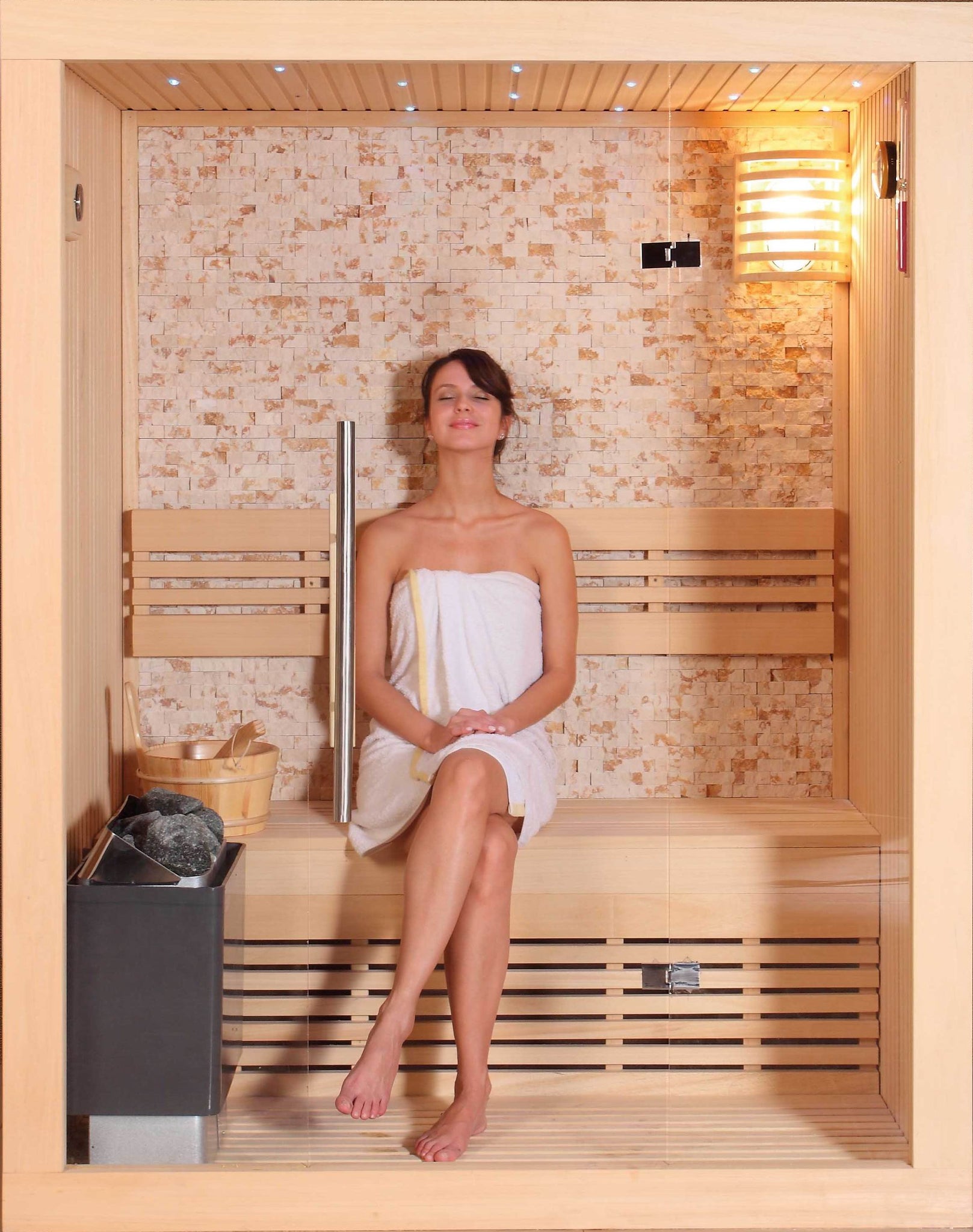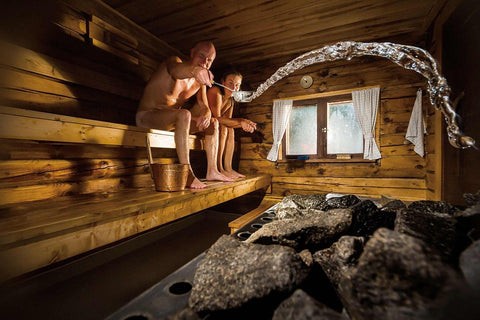Some Known Details About Traditional Sauna
Some Known Details About Traditional Sauna
Blog Article
Our Traditional Sauna Diaries
Table of ContentsMore About Traditional SaunaThe Only Guide for Traditional SaunaTraditional Sauna Things To Know Before You BuyThe Single Strategy To Use For Traditional SaunaAbout Traditional Sauna
A lot of the weight shed in a sauna is water loss and is re-gained upon rehydrating. Without a question sauna can be a crucial component of a healthy weight loss program. To look at the distinctions between typical and IR saunas, I will certainly divide these right into proven, academic, and produced differences.Therefore, the most popular point in the saunawhich is at the ceiling directly above the sauna heateris generally between 185 and 190 F. Claims that a standard sauna exceeds 200 F is merely not real and not relevant for electrical saunas offered in the US. The temperature for a far-infrared sauna is typically set in between 120 and 140 F; nonetheless, unlike the standard sauna, the goal in and IR room is not to achieve a high temperature level.
Since of this, the temperature level distinction is nearly irrelevant, given that excessive sweating results in both sauna types, yet the approach of heating up the body is different. In an IR sauna the bather will certainly really feel hot and will sweat a lot, however at much reduced temperature levels. Traditional Sauna. Hence, if the goal is to spend longer amount of times in the sauna, the IR sauna is an excellent option

Some Known Facts About Traditional Sauna.

When the high temperature level is attained, the components cycle on and off to maintain the high temperature level. Traditional Sauna. Most standard sauna customers take pleasure in pouring water over the rocks to produce vapor to elevate sauna moisture degrees. The advantages of putting water over the rocks consist of: making the space a lot more comfy, dampening the nasal flows, and enabling the use of aromatherapy by blending necessary oils with the water
In a far-infrared sauna, the warm front pass through the body to properly warm the body and raise the body core temperature level. To achieve this increased temperature level, Far-infrared emitters produce infrared power which is close to the exact same wavelength as that which the body naturally emitsoften referred to as the "Vital Range" of 7 to 14 microns), so the power is well obtained by the body.
When the energy goes into the body, it triggers the body temperature to boost and inevitably causes perspiration. In an infrared sauna it's important for the emitters/heaters to remain on practically continuously. Because there is no mass of rocks to maintain warm, the sauna will cool if the emitters shut off.
The Of Traditional Sauna
As mentioned over, the sauna bather in an infrared room desires to position himself before operating emitters to obtain maximum advantage from the heat. The home heating time for the two areas can be extremely various, depending upon just how the spaces are made use of. For a traditional sauna, a bather must allow 30-40 minutes for the area to accomplish a wanted temperature and to effectively pre-heat the rocks.
A well created sauna will usually attain a temperature level of 150-160 F in about 30-40 minutes. For hotter temperature levels, the area click to read might need to warmth for a longer duration.

Traditional saunas tend to be larger (hence make use of even more electricity) than infrared saunas, although traditional saunas are certainly available in one and 2 individual sizes also. For a two-person standard sauna, 5x6 or 5x7 size is most preferred. The leading bench can conveniently seat two or 3 people and is also long sufficient to rest during the sauna session.
Get This Report on Traditional Sauna
The average expense per kWH of electricity in the united state is roughly $0.11 - Traditional Sauna, so a 4.5 kW heater will cost about $.50 to run for one hour, if the heating unit runs continuously for one hour. Normally a sauna heating unit will certainly compete 75% of the initial hour and 50% of subsequent hours on because the elements cycle once the set temperature level is accomplished
A two person far-infrared area is usually literally smaller than a traditional sauna, commonly about 4' x 4' or smaller. The IR home heating system is typically 1.5-1.7 kW using a 120 volt 15 amp plug-in service. Given that the room can be used faster than a sauna area, we will certainly assume the room is utilized for to of an hour consisting of warm up time.
Finally, there is a seldom talked about distinction in the social experience in between both areas. While our society has actually shed some of the social benefit of the conventional sauna experience, it can be extremely socially fulfilling. From family time in the sauna, to heart-felt conversations with better halves, to he has a good point sauna partiesthe conventional sauna experience can result in intimate interacting socially.
The Traditional Sauna Ideas
A lot of higher discover this end infrared areas consist of tinted light therapy, sound systems and full-glass fronts.
Report this page